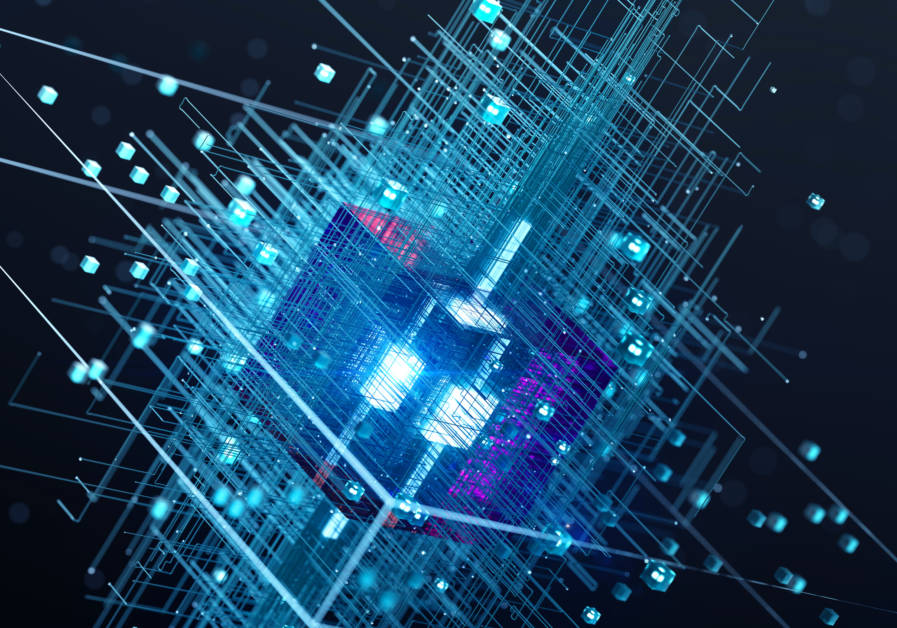RWAs: Reflections on Early Adoptions
Lessons and Future
North Lakes Legal structured and implemented some of the initial Real World Asset financings at Maker DAO and then with Ondo Finance.
Our resume includes:
Central observations for the successful execution of a RWA financing include:
Follow the Money – Every stablecoin or fiat denomination needs to be tracked and accounted for at all times, this includes the exchange of stablecoins into fiat and vice versa. Not really any exceptions to this rule.
Independence – To the extent possible, ensure that there are independent third-party actors involved at different stages of the RWA structural chain. These may include, depending on the circumstance, 3rd party attestors, appointment of independent directors for bankruptcy remoteness, or collateral agents to hold onto a security interest.
The Devil is in the Details – Legal contracts and smart contracts are the same. The “devil is in the details”. For instance, the fine print in Trust Agreements is critically important. Carefully inspect what the Trustee DO and DON’T DO without instruction. And who is giving the instruction? You may be surprised by what you discover in the details.
Tax – RWAs, by definition, exist in the real world and, like it or not, this implicates some level of taxing jurisdiction. Identify early any taxable consequences of a transaction (withholding taxes, etc.). Structuring a transaction to minimize tax leakage is acceptable practice, but give thoughtful consideration as to “how”.
Ask for More – Always ask if a counterparty can do something new or novel. The new or novel idea may not be rock-solid, 100% guaranteed protection, but you will be surprised how a single piece of paper with an obligation (even if weak) can attract attention and influence positive behavior.
Going forward, the following RWA developments would really move the needle:
More real-time and transparent reporting. The “oracle problem” is a challenge, but digital records (even if from one provider) should be available and be made available. Where possible, we should be creating data-lakes, using APIs to understand the data, and recording on the blockchain.
How can dollars in a TradFi bank account (already digital) be subject to a smart contract for certain actions?
Hybridization of legal contracts – smart contracts and “traditional” legal contracts combined as a single contract. From experience, I know in some jurisdictions, contracts need to be documented in the local language to be binding. In many cases, I have worked on contracts written in two columns – English on one side and the local language on the other. We can do much better in terms of merging smart contracts and traditional contracts.
Use of blockchain technology, APIs and new data streams to birth new assets or enable liquidity in traditional illiquid assets. To this end, I think of batteries embedded with smart contracts or micro-level transactions that can scale because of the elimination of the intermediary. For me, this is the real power of blockchain.





